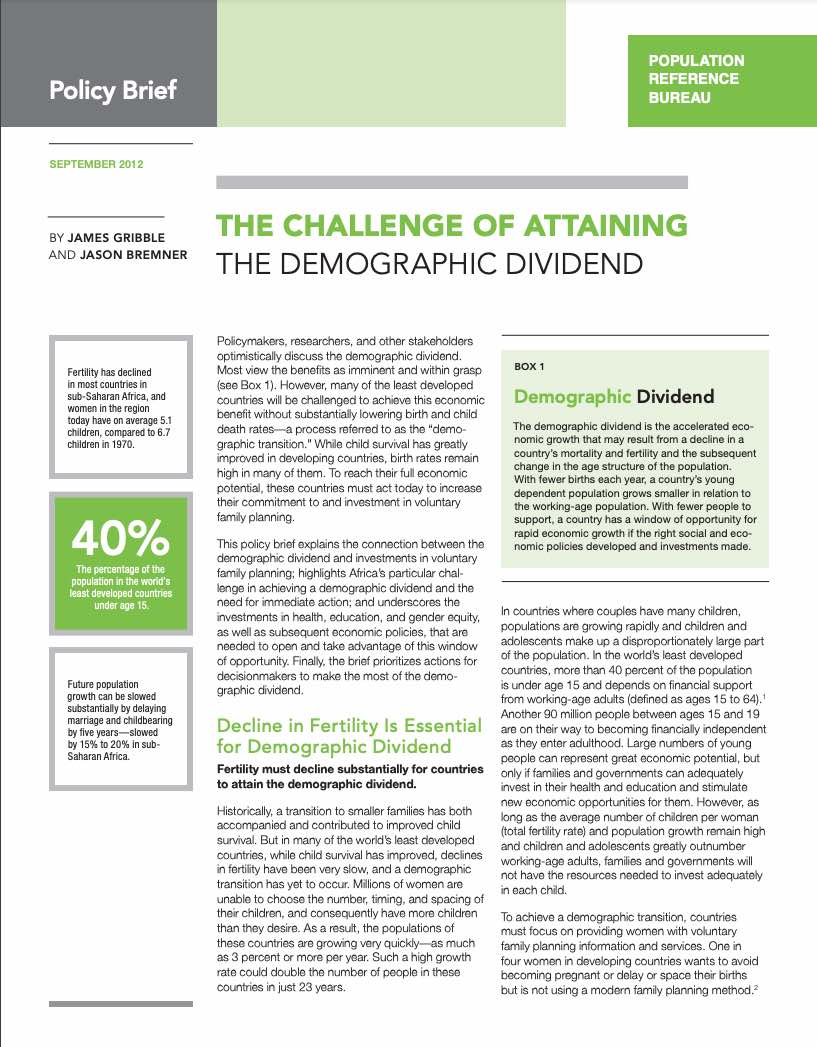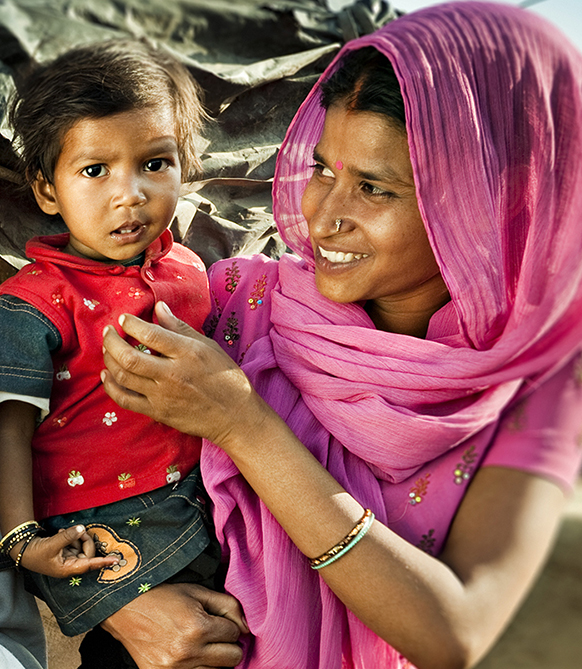Report. Malawi’s Pathway to a Demographic Dividend
(2014) Over the past decade, countries throughout Africa have experienced sustained economic growth. Despite this growth, almost two of every three people—or 600 million—are still living on less than $2 per day.






